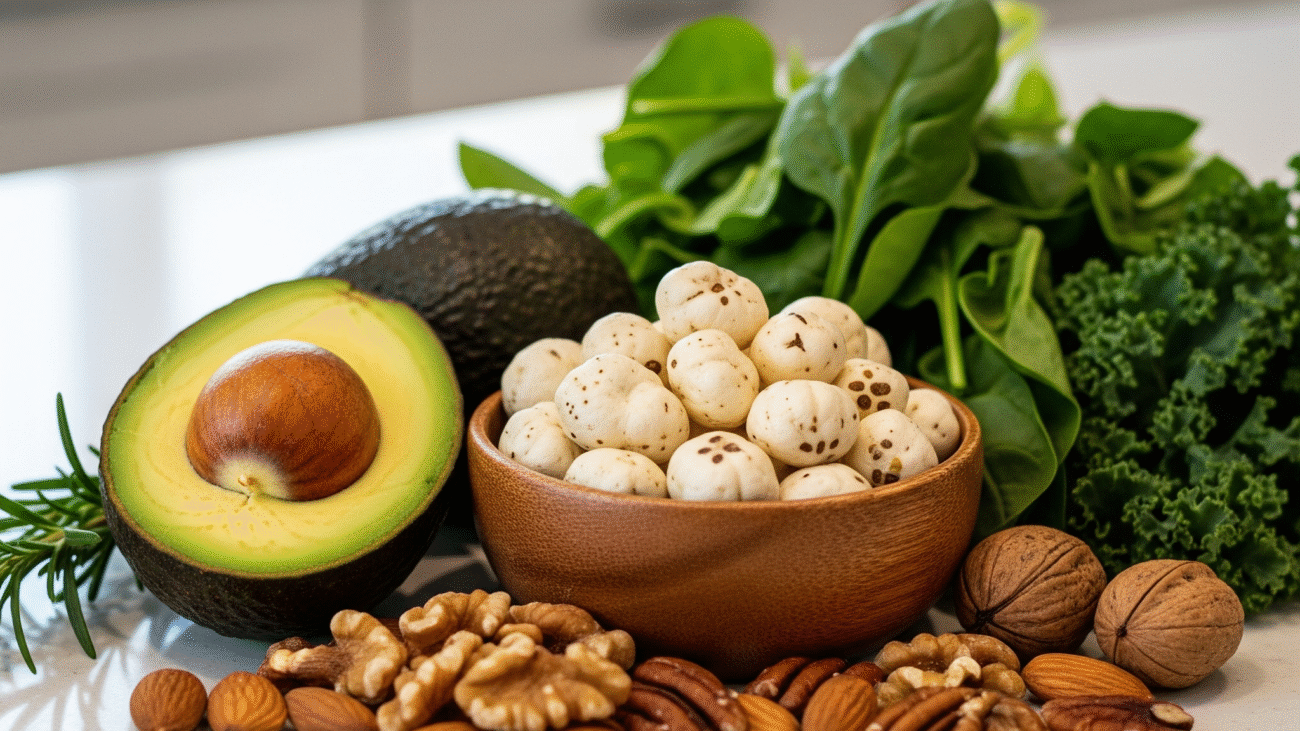The ketogenic diet has taken the wellness world by storm, focusing on low-carb, high-fat, and moderate-protein foods to push the body into a state of ketosis. As a result, many people are looking for satisfying snacks that don’t compromise their carb limits. So, where does Makhana, or fox nuts, fit into this popular lifestyle?
At Trivexa Global Exim, located in Mumbai, Maharashtra, India, we understand the importance of making informed dietary choices. While Makhana is a nutritional powerhouse, its compatibility with the keto diet comes with a few key considerations.
Understanding the Carb Count
Unlike most nuts and seeds that are high in fat, Makhana is primarily a source of carbohydrates. While it is low in calories and fat, its carb content is significant. For a strict ketogenic diet, where daily carb intake is often limited to 20-50 grams, this is a crucial factor.
- A standard serving of 30 grams of plain, roasted Makhana can contain up to 20 grams of total carbohydrates.
This means that while Makhana is not a “carb-free” food, it can be a part of your keto diet with one simple rule: moderation.
Making Makhana Keto-Friendly
The key is to enjoy Makhana as a measured treat rather than a primary snack. It can be a much better option than high-carb, processed snacks like chips or crackers. Here’s how to make it work for your ketogenic lifestyle:
- Strict Portion Control: A handful of Makhana (around 10-15 grams) is a perfect way to satisfy a craving for a crunchy snack without pushing your carb count too high.
- Pair with Healthy Fats: To make Makhana more aligned with the keto diet’s macronutrient goals, roast it in a high-quality fat source. Roasting with ghee or coconut oil not only makes it crispy and delicious but also boosts the fat content of your snack.
- Mindful Snacking: Because of its light and airy nature, it’s easy to overeat Makhana. Portion out your serving in a small bowl and focus on mindful eating to avoid consuming too many carbs.
The Keto Benefits of Makhana
When consumed correctly, Makhana can be a useful tool on a keto journey:
- Satisfying Crunch: Its unique texture provides a satisfying crunch that can be a welcome change from the typical keto snacks like cheese and meat.
- High in Fiber: The fiber content helps in promoting satiety, making you feel fuller for longer and helping to control appetite and cravings.
- Nutrient-Dense: Makhana is packed with beneficial minerals like magnesium and potassium, which are essential electrolytes that can be depleted on a ketogenic diet.
At Trivexa Global Exim, we believe in the natural goodness of Makhana. We offer premium, high-quality Makhana that, with a little planning, can be a valuable and delicious addition to your ketogenic diet.






